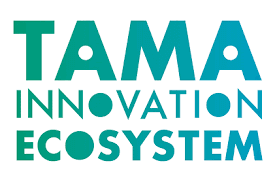
Nanobubbles are used to dissolve high concentrations of CO2 and increase fixation rate in recycled concrete.

Nanobubbles high CO2 dissolution and fixation rate provides greater conversion rates of residual and re-cycled concrete.

Micro-Nanobubbles provide 19% higher compression strength(1)

Micro-Nanobubbles increase tensile strength by 16%(1)

Miro-Nanobubbles cause immediate hydration and reduces setting time.

Nanobubbles Increased zeta-potential enables them to continuously participate in and stimulate physical, biological and chemical interactions.

Background: CO2 emitted in the cement and concrete industry consists of CO2 generated during limestone processing in the cement manufacturing process and CO2 generated from the high-temperature furnaces required for that processing.
The CO2 generated in this industry accounts for 3.4% of the total CO2 emissions in Japan (2019 results, Ministry of the Environment data), and it is considered necessary to make efforts to achieve carbon neutrality in this industry.
Project details: In order to reduce the total amount of CO2 emissions during cement and concrete manufacturing, we utilize our functional bubble water generation technology to dissolve CO2 at a high concentration in cement water and use that cement water to manufacture concrete. We will verify the technology to fix (hold CO2 as other carbon compounds). In this project, in collaboration with Tokyo Metropolitan University, we collected data on the conditions (injection flow rate, pressure, etc.) that facilitate CO2 dissolution in cement water when using functional bubble water generation technology and determined the CO2 fixation process. Pursue efficiency. We will also identify issues for social implementation through demonstration experiments in collaboration with construction companies.
Results of project efforts: In the principal verification of CO2 dissolution (fixation) in cement water, we were able to achieve more than double the performance of conventional products. Based on these results, we have clarified the direction of social implementation of this technology at cement water (fresh concrete) reuse sites.
In cooperation with a construction company, which is the user, we conducted product prototyping and verification aimed at applying the ready-mixed concrete reuse site environment and achieved the same results as the principle verification in the ready-mixed concrete reuse site environment. In addition, there were some operational issues at the site (clogging hindered operation), but as a result of verification, it was found that the issue could be resolved by customizing the internal structure, and efforts were made to apply it to the site. We are promoting.